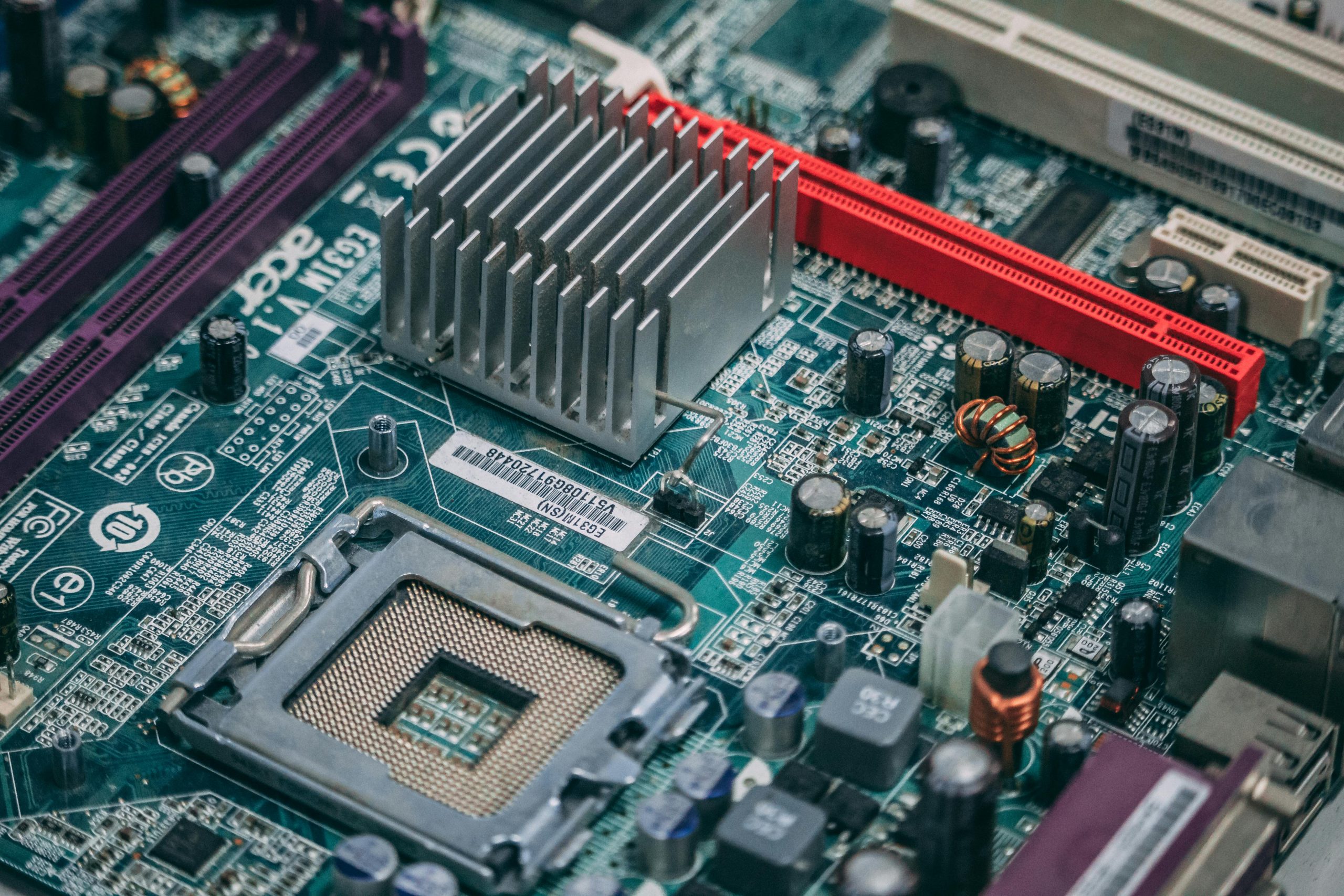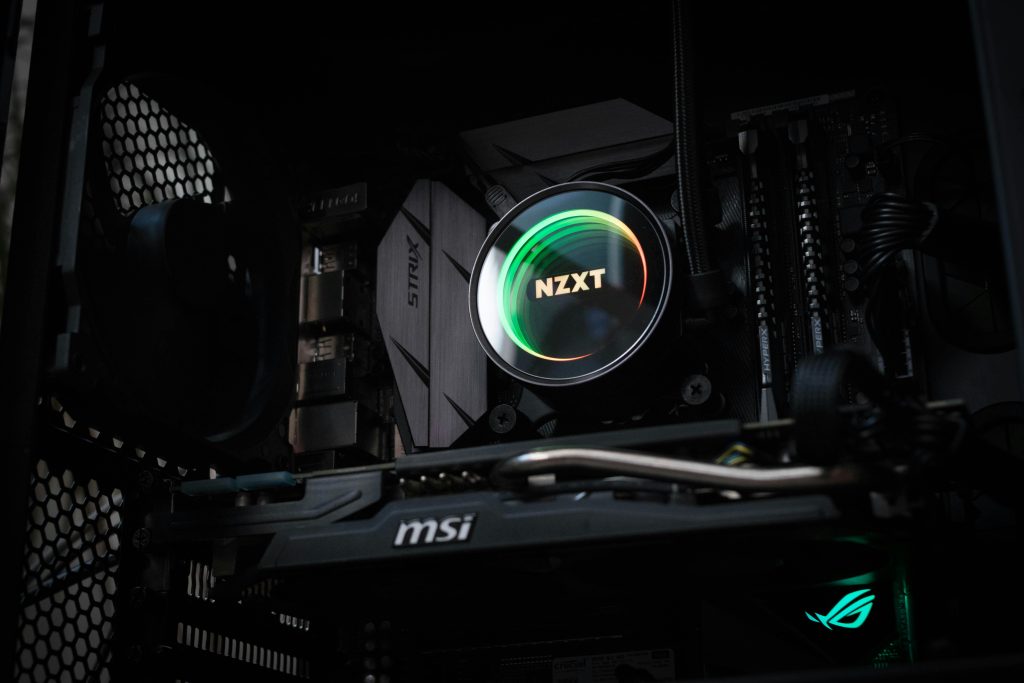Understanding and Resolving BIOS Flashing Errors on EVGA Z590 Motherboards
Updating your motherboard’s BIOS is a critical step to ensure compatibility with new hardware components and to access the latest features. However, BIOS flashing can sometimes lead to unforeseen issues, especially if the wrong firmware is installed. Here, we explore a real-world scenario involving an EVGA Z590 motherboard, detailing common pitfalls and solutions for restoring your system after an unsuccessful BIOS update.
Case Overview: Incorrect BIOS Installation on EVGA Z590 Motherboard
The user attempted to update their motherboard BIOS to enhance compatibility or performance but inadvertently installed the wrong firmware. Instead of updating to BIOS version 121-RL-E599, they flashed version 121-RL-E597. Following this, they encountered boot errors and difficulty restoring the correct BIOS, with specific issues including:
- Access to the new BIOS and recognizing the hard drive as bootable
- Black screen and error B3 during boot attempts
- Inability to flash the correct BIOS via USB drive, encountering “Invalid BIOS File” errors
- Failure to reset or re-flash BIOS despite multiple attempts with different USB drives
Common Challenges in BIOS Recovery
- Incorrect BIOS Flashing: Installing incompatible firmware can render the motherboard unbootable or cause startup errors.
- BIOS File Recognition Issues: The BIOS update process may fail if files are improperly named or formatted.
- Boot Error Codes: Error B3 and E1 are motherboard-specific codes indicating issues during the POST (Power-On Self-Test) or BIOS update process.
- Hardware Compatibility and External Resources: Waiting for pre-flashed BIOS chips is an option but may involve significant delays.
Step-by-Step Solutions
- Confirm BIOS File Compatibility and Correctness
- Verify that the BIOS file matches your motherboard model exactly.
- Use the manufacturer’s official website or support channels to download the correct BIOS version.
-
Ensure the file name follows the required naming convention (e.g., EVGAE599.bin) and that it is properly formatted.
-
Prepare a Bootable USB Drive Correctly
- Use FAT32 formatting for the USB drive.
- Place only the BIOS file in the root directory to prevent conflicts.
-
Rename the BIOS file to match the expected format, often the motherboard model name followed by the BIOS version.
-
Use BIOS Flashback or Equivalent Recovery Methods
- Many EVGA motherboards support BIOS Flashback, allowing BIOS updates without CPU or RAM.
- Initi
Share this content:



